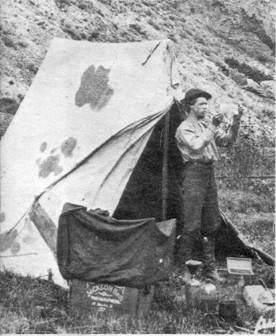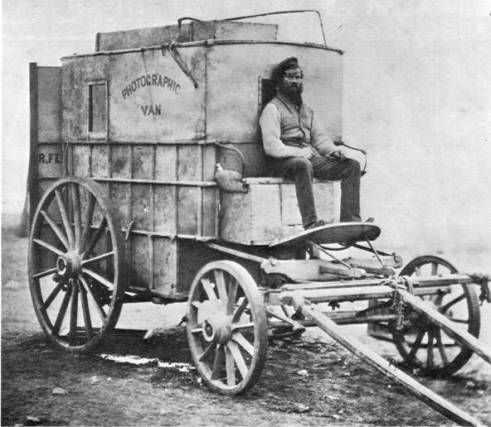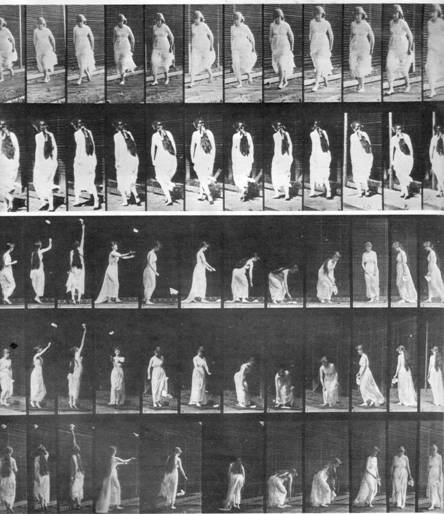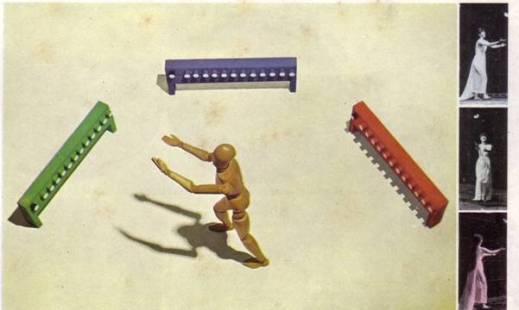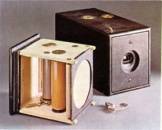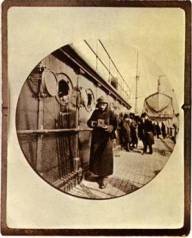UGC
NET July 2016
PAPER
II
1. Embedded
Journalism is considered as a type of_____
Right answer is military offensive
Embedded journalism refers to news reporters being attached
to military units involved in armed conflicts. While the term could be applied
to many historical interactions between journalists and military personnel, it first came to be used in the media coverage
of the 2003 invasion of Iraq. The United States military responded to
pressure from the country's news media who were disappointed by the level of
access granted during the 1991 Gulf War and the 2001 U.S. invasion of
Afghanistan.
At
the start of the war in March 2003, as many as 775 reporters and photographers
were traveling as embedded journalists. These reporters signed contracts with
the military promising not to report information that could compromise unit
position, future missions, classified weapons, and information they might find.
Joint training for war correspondents started in November 2002 in advance of
start of the war. When asked why the military decided to embed journalists with
the troops, Lt. Col. Rick Long of the U.S. Marine Corps replied, "Frankly,
our job is to win the war. Part of that is information warfare. So we are going
to attempt to dominate the information environment.
An
offensive is a military operation that seeks through aggressive projection of
armed force to occupy territory, gain an objective or achieve some larger strategic,
operational or tactical goal. Another term for an offensive often used by the
media is 'invasion', or the more general 'attack'.
2. Inner Margin of a book or document refers to ___________
The right answer is Gutter Margin.
Footnote
is an additional piece of information printed at the bottom of a page.
In
publishing, a colophon is a brief statement containing information about the
publication of a book such as the place of publication, the publisher, and the
date of publication. A colophon may also be emblematic or pictorial in nature.
Colophons were formerly printed at the ends of books, but in modern works they
are usually located at the verso of the title-leaf.
The gutter margin is a typographical term used to designate an
additional margin added to a page layout to compensate for the part of the
paper made unusable by the binding process. In a facing pages layout (Word
refers to this type of layout as "mirror margins"), the gutter margin
is on the very inside of both pages. So this is the Correct answer.
A
swash is a typographical flourish, such as an exaggerated serif, terminal,
tail, entry stroke, etc., on a glyph. The use of swash characters dates back to
at least the 16th century, as they can be seen in Ludovico Vicentino degli
Arrighi's La Operina, which is dated 1522. As with italic type in general, they
were inspired by the conventions of period handwriting. Arrighini's designs
influenced designers in Italy and particularly in France.
3. Magazines have well-defined formats to reach out to _______
The editor is committed to the magazine, to it reaching a
readership, to its
identity and survival. So the right
answer is select audiences.
4. Factor of __Localisation__ has contributed for
the emergence of a specialized media audience.
5. In Semiotics, smoke is considered as________
The right answer is Indexical communication.
Based on the ideas of Peirce, three modes
of relationship between sign vehicles and their referents are commonly referred
to.
- Symbolic: a sign which does not
resemble the signified but which is 'arbitrary' or purely conventional
(e.g. the word 'stop', a red traffic light, a national flag, a number);
- Iconic: a sign which resembles the
signified (e.g. a portrait, a cinematic image, an x-ray, a diagram, a
scale-model, onomatopoeia, 'realistic' sounds in music, sound effects in
radio drama, a dubbed film soundtrack, imitative gestures);
- Indexical: a sign which is directly
connected in some way (existentially or causally) to the signified (e.g. smoke, weathercock,
thermometer, clock, spirit-level, footprint, fingerprint, knock on door,
pulse rate, rashes, pain).
6. In
communication, pleasure results from a particular relationship between meanings
and __Power.
This is taken from John
Fiske’s book “Television Culture”. Below is a paragraph from his book.
Pleasure
results from a particular relationship between meanings and power. Pleasure
for the subordinate is produced by the assertion of one’s social identity in
resistance to, in independence of, or in negotiation with, the structure of
domination. There is no pleasure in being a “cultural dope”: there is, however,
real pleasure to be found in, for example, soap operas that assert the
legitimacy of feminine meanings and identities within and against patriarchy.
7. “
Another Communication is ____ receiver centric.
The
Growth of a Deeper Understanding of the Nature of Communication Itself The
perspective on communication has changed. As explained above, early models in
the 50s and 60s saw the communication process simply as a message going from a
sender to a receiver (that is, Laswell’s classic S-M-R model). The emphasis was
mainly sender- and media-centric; the stress laid on the freedom of the press,
the absence of censorship, and so on.
Since the 70s, however, communication has
become more receiver- and message-centric. The emphasis now is more on the
process of communication (that is, the exchange of meaning) and on the
significance of this process (that is, the social relationships created by
communication and the social institutions and context which result from such
relationships).
‘Another’ communication “favours
multiplicity, smallness of scale, locality, de-institutionalisation,
interchange of sender-receiver roles (and) horizontality of communication links
at all levels of society” (McQuail, 1983:97). As a result, the focus moves from
a ‘communicator-‘ to a more
‘receiver-centric’ orientation, with the resultant emphasis on meaning
sought and ascribed rather than information transmitted.
8. The term ‘audiences’recognizes ___ The
resistance__ of media consumers.
In my opinion resistance is the appropriate
word. Some of the related lines below.
Audience
can be active (constantly filtering or resisting
content) or passive (complying and vulnerable).
Audiencehood
and consumerhood should be seen as process where the elements of both power and resistance work
simultaneously.
9. Louis
Wirth and Talcott Parsons see mass communication as a tool of __________.
Theorists such as Louis
Wirth and Talcott Parsons have emphasized the importance of mass media as
instrument of social control (Right
answer).
Louis Wirth studied in the United States and became
a leading figure in Chicago School Sociology. His interests included city life,
minority group behaviour and mass media and he is recognised as one of the
leading urban sociologists. Wirth's major contribution to social theory of
urban space was a classic essay Urbanism as a Way of Life, published in the
American Journal of Sociology in 1938.
His research was mostly
concerned with how Jewish immigrants adjusted to life in urban America, as well
as the distinct social processes of city life. Wirth was a supporter of applied
sociology, and believed in taking the knowledge offered by his discipline and
using it to solve real social problems.
Talcott Parsons
(December 13, 1902 – May 8, 1979) is an American sociologist of the classical
tradition, best known for his social
action theory and structural functionalism. Parsons is considered one of
the most influential figures in the early development of American sociology.
After earning a PhD in economics, he served on the faculty at Harvard
University from 1927 to 1979, and in 1930, was among the first professors in
its newly created sociology department.
Based on empirical data,
Parsons' social action theory was the first broad, systematic, and
generalizable theory of social systems developed in the United States. For this
reason, his contemporaries viewed him as the founder of scientific sociology
and Auguste Comte, the founder of the discipline, once called him, "the
founder of the religion of humanity".
10. When the consequences of exposure to a
communicated message get delayed, it is known as _________________.
Sleeper Effect (Right Answer)
If you
are interested in persuasion and understanding how a person's attitude might
change over time, then you will want to know about the sleeper effect.
A concept in psychology, it describes
the way a message, when paired with some sort of discounting cue, has a delayed
impact on the recipient.
A useful,
concrete example is advertising. Have you ever seen a TV ad that plays again
and again? Maybe it was an ad for a breakfast cereal or a car that appealed to
you. However, as you saw the same ad the next day, and then again the day after
that, it might have started to lose some of its excitement and appeal. In fact,
you probably started to get tired of that cereal brand or car even before you
tried it for yourself. This is normal; research shows that exposure to the same
message multiple times leads to a decrease in the message's efficacy. Most
viewers gradually return to their original attitude about the subject of the persuasion,
in this case the commercials' products.
On the
other hand, maybe you have seen an ad accompanied by a disclaimer. In
psychology, we call this sort of disclaimer a discounting cue. The
cue could be a warning about the side effects of a preservative in the cereal
or a defect in the car's air bag. Yet another example would be a message at the
end of a political ad showing that the opposing candidate funded the ad. Any
disclaimer or reason leading you to doubt the credibility of the message's
source is a discounting cue. These cues make you skeptical about the ad's
message, and you consequently won't allow it to seriously persuade you.
However, even with the presence of a discounting cue, over time you and most
other viewers will be affected by the ad and come to accept its message. This
delayed persuasion is the sleeper effect. A good way to remember it is to think
of the ad's message as sleeping inside of you while the disclaimer is awake;
little by little, the ad's underlying message wakes up and wins you over when
the discounting cue falls to sleep!
How It Works
We are
not completely sure how the sleeper effect works, but some psychologists have
hypothesized that it has to do with forgetting. According to this hypothesis,
with repeated exposure to the same message, we simply forget about the
discounting cue over time, even while we remember the underlying message!
Another, related hypothesis has to do with dissociation. Here, researchers
believe that rather than forgetting the discounting cue altogether, we
disconnect ourselves from it and prioritize the initial message, taking its
meaning more seriously once it isn't readily associated with the discounting
cue.
While
recent research on these theories seems to support the hypotheses to some
extent, the terms are too absolute in nature. Most viewers or listeners are
unlikely to forget or dissociate from the discounting cue entirely, and
certainly not quickly. Instead, we tend to do so gradually over time. There is
a slow process going on in our brains as one message fades in strength while
another grows in importance.
11. Who is the author of “ Saving the Media” ?
12. John Fiske considers speech as a
______________
John
Fiske’s Codes of Television
An
event to be televised is already encoded by social codes (Right Answer) such as those of:
Level one:
"REALITY"
appearance,
dress, make-up, environment, behavior, speech, gesture, expression, sound, etc.
these are encoded electronically by technical codes such as those of:
Level two: REPRESENTATION
camera,
lighting, editing, music, sound which transmit the conventional representational
codes, which shape the representations of, for example: narrative, conflict,
character, action, dialogue, setting, casting, etc.
Level three: IDEOLOGY
which
are organized into coherence and social acceptability by the ideological codes,
such as those of: individualism, patriarchy, race, class, materialism,
capitalism, etc.
Fiske have put speech as
a social code, and dialogue (i.e. scripted speech) as a
technical one, but in practice the two are almost indistinguishable: social
psychologists such as Berne (1964) have shown us how dialogue in "real life"
is frequently scripted for us by the interactional conventions of our culture.
13. Truth of the statement is not a defence
against ___Defamation____.
Defenses to Libel and
Slander
Truth:
In
many legal systems, adverse public statements about legal citizens presented as
fact must be proven false to be defamatory or slanderous/libellous. Proving adverse public character statements
to be true is often the best defense against a prosecution for libel or
defamation. Statements of opinion that cannot be proven true or false will
likely need to apply some other kind of defense. The use of the defense of
justification has dangers, however; if the defendant libels the plaintiff and
then runs the defense of truth and fails, he may be said to have aggravated the
harm.
14. Examination of professionalism is derived from the public’s right to ________.
I
didn’t find its answer anywhere and according to me its answer is Education (Right Answer).
15. The technique of propaganda is used in
international communication to manipulate ___Cognitions____.
A working definition of propaganda which
focuses on the communication process is as follows: “Propaganda is the deliberate, systematic attempt to shape perceptions,
manipulate cognitions, and direct
behavior to achieve a response that furthers the desired intent of the
propagandist” ( Jowett & O'Donnell 2006 ).
16. The protagonist of culture imperialism theory
was ___________.
Out
of the four options only William Hachten (Right Answer)is related to Culture imperialism
theory.
17. Name the influential scholar who applied
liberation theology to education and communication in development context.
The
right answer is Paolo Friere (Right Answer). This
question is directly lifted from book Communication for Development in the
Third World : Theory and Practice for Empowerment written by Srinivas Melkote
and H. Leslie Steeves.
In
chapter 8, Communication and Spirtiality in development, “ Probably the most
influential scholar to apply liberation theology specifically to education and
communication practice in development contexts is Paolo Friere (1970,1973).
18. The
notion of multiplicity of paradigm is elaborated by __Jan Servaes___
In
the book “New Frontiers in International Communication Theory” written by Mehdi
Semati on 59th page it is clearly written “ The new paradigm, which can be broadly described as multiplicity in one
world, is gradually emerging but still in the process of formation ( Jan
Servaes 1991, 52). This statement from Servaes, an advocate of the multiplicity
paradigm, summarizes the circumstances surrounding the emergence of the
paradigm”.
19. The dependency theory has identified obstacles
to development as _______
The
right answer is External. In the book Appalachia’s path to dependency
written by Paul Salstrom it is clearly written, “ The insight behind dependency
theory is that economic development can be hampered not only by local obstacles
but also by obstacles that are external to a region or country. In these
regions Dependency theory can aid understanding better than can modernisation
theory”.
What is Dependency
Theory?
Dependency theory
is the notion that resources flow from a "periphery" of poor and
underdeveloped states to a "core" of wealthy states, enriching the
latter at the expense of the former. It is a central contention of dependency
theory that poor states are impoverished and rich ones enriched by the way poor
states are integrated into the "world system".
The
theory arose as a reaction to modernization
theory, an earlier theory of development which held that all societies
progress through similar stages of development, that today's underdeveloped
areas are thus in a similar situation to that of today's developed areas at
some time in the past, and that therefore, the task of helping the
underdeveloped areas out of poverty is to accelerate them along this supposed
common path of development, by various means such as investment, technology
transfers, and closer integration into the world market. Dependency theory
rejected this view, arguing that underdeveloped countries are not merely
primitive versions of developed countries, but have unique features and
structures of their own; and, importantly, are in the situation of being the
weaker members in a world market economy.
20. A systematically – qualitative data set is
amenable to ______ analysis
I could not find the
exact answer but I think the answer is Grounded Theory.
Grounded theory
is a general research method (and thus is not owned by any one school or
discipline); which guides you on matters of data collection and details
rigorous procedures for data analysis. You can use quantitative data; or
qualitative data of any type e.g. video, images, text, observations, spoken
word etc.
Grounded
theory is a research tool which enables you to seek out and conceptualise the
latent social patterns and structures of your area of interest through the process
of constant comparison. Initially you will use an inductive approach to
generate substantive codes from your data, later your developing theory will
suggest to you where to go next to collect data and which, more-focussed,
questions to ask. This is the deductive phase of the grounded theory process.
Copyright @vishiwjeet 2016
(Not to be copied or published anywhere without author permission)
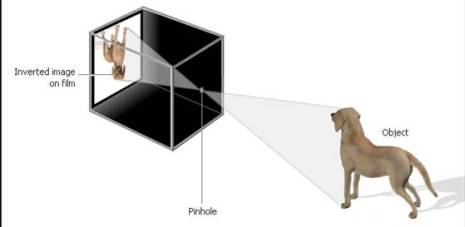
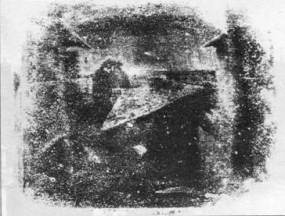 The world's first photograph made in 1826 by Joseph Nicéphore Niepce from a window at his farm house in France. For the "movie" Niepce using a mixture of tin plate dipekakan and he got an idea to escape from the roof tops that described above.These photos are usually fixed so obvious but this version as what it actually is.
The world's first photograph made in 1826 by Joseph Nicéphore Niepce from a window at his farm house in France. For the "movie" Niepce using a mixture of tin plate dipekakan and he got an idea to escape from the roof tops that described above.These photos are usually fixed so obvious but this version as what it actually is.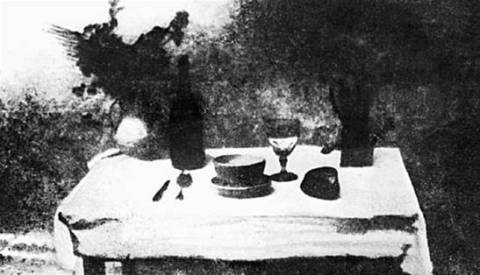
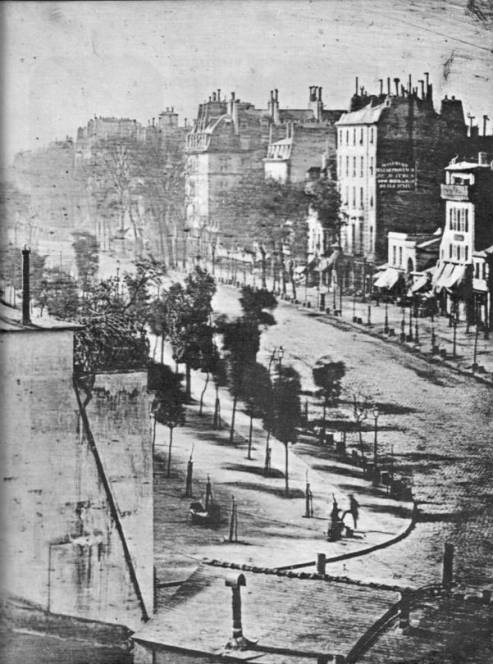
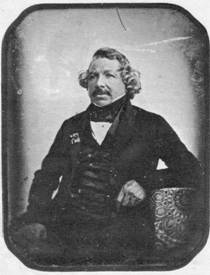 Daguerre IN DAGUERREOTIPE
Daguerre IN DAGUERREOTIPE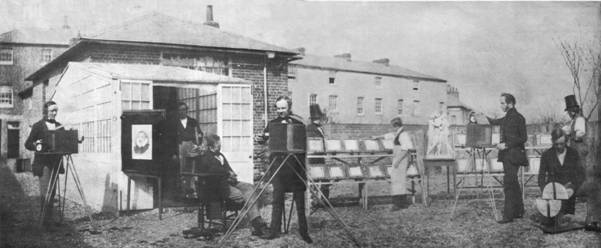
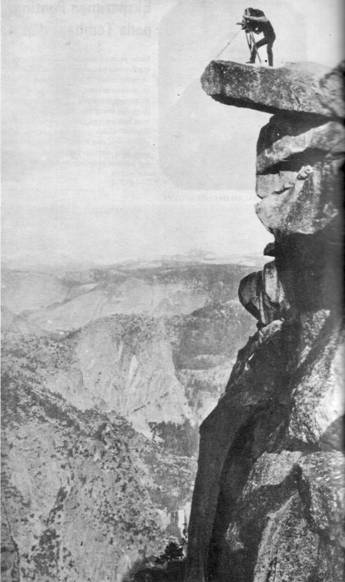 JACKSON IN ACTION
JACKSON IN ACTION